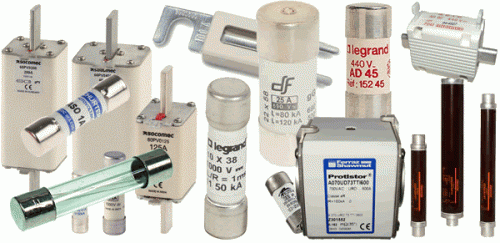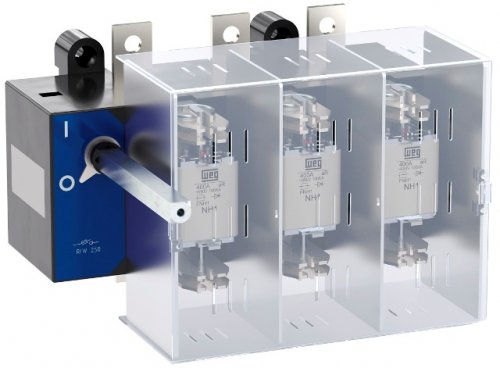Purpose, design and application of fuses
What are fuses and what are they for?
Fuses, together with circuit breakers, are used to protect elements and devices of electrical installations from damage that may occur under unusual conditions that threaten the integrity of individual elements or the entire installation. Fuses are generally used to protect cables, wires and electrical devices with high and low currents. from a short circuit and more or less significant overloads.
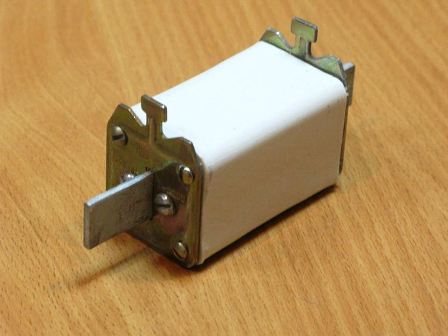
The relative cheapness and simplicity of fuses have led to their widespread use in all cases where they are suitable for the protection of electrical installations. However, being simple in design, fuses have a number of disadvantages that lead to their use in electrical installations with simple switching schemes and for the protection of elements of installations that do not impose high requirements in terms of overload protection.
The main disadvantages of fuses are:
-
the difficulty, and in some cases, the impossibility of obtaining their selective action both in case of short circuits in the network and in case of overload;
-
low suitability of most fuses for protection against small overloads;
-
the need for a special switching device (knife switch, disconnector), since the fuse, unlike automatic switches, can automatically turn off only in emergency modes, being an uncontrolled device in normal modes;
-
the need to replace one of the parts of the fuse (fusible link) after its operation.
Currently, the development of more advanced fuses in terms of their characteristics, which allow reliable protection against overload and have a greater selective action, is underway.
Fuses are generally classified according to the following criteria:
-
constructive execution;
-
rated voltage;
-
rated current.
A large number of different types of fuses are currently manufactured. For more details see here: Types of fuses
Specifications
The dependence of the total time of fuse burning and extinguishing of the emerging arc from the set of the current that melts the insert relative to the rated current of the fuse is called the characteristic of the fuse or, in other words, the amsecond (protective) characteristic.
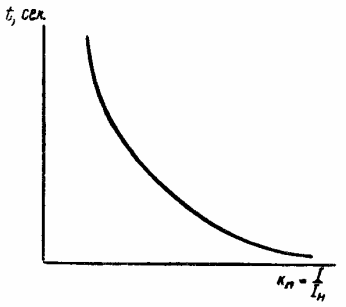
Protective feature
The characteristic of the fuse is determined by:
-
the ability to protect the mounting element from overload;
-
selectivity of the fuse in relation to the operation of other fuses and relay protection of the circuit in which the fuse is installed.
By choosing the appropriate ampere-second fuse characteristics of fuses connected in a series of adjacent network sections, they achieve selectivity of their action, that is, such action that the fuse insert downstream in the direction of supply blows before the fuse insert upstream has time to burn.
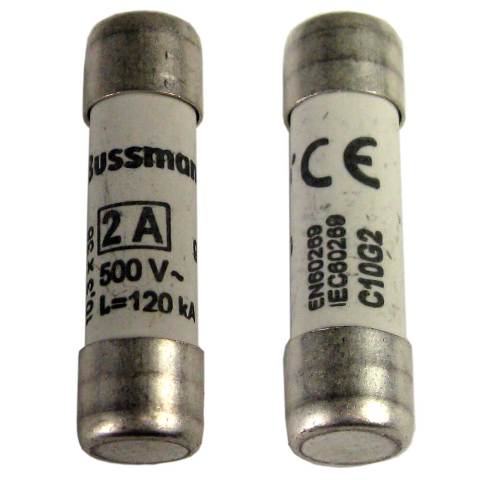
When choosing fuses according to the selectivity of the protection, the condition that the rated current of the fuse does not exceed the value determined by the rules for the protected element of the installation must also be met.
An important characteristic of a fuse is its breaking capacity, which determines the maximum short-circuit current that the fuse can interrupt. -large, the lower the amsecond characteristic of the fuse.
Safety device
As mentioned above, the main purpose of the fuse is to protect the elements of electrical installations from overload and short circuit. A fuse connected in series with the protected element will blow when the current in the protected circuit exceeds by a certain amount the rated current of the fuse. In this case, the fuse automatically switches off the damaged part of the network. The fuse does not react to other deviations from the normal operation of the network. To restore power to the network section when the fuse blows, it is necessary to replace the blown fuse with a new one.
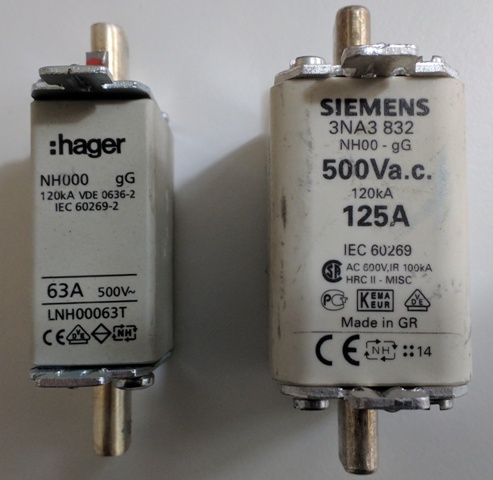
The main parts of any fuse are:
-
fusible link;
-
an element used to place (fasten) a fuse and create conditions for extinguishing the arc when the fuse burns out;
-
fuse base in the form of a stand or fuse holder, depending on the type of fuse, with a clip for connecting to the electrical circuit.
The base of the fuse and the element used to place the fuse are provided with suitable contact devices. With the help of contact devices, the element is fixed at the base of the fuse and the reliable connection of the fuse with the circuit of the protective current is ensured.
Some fuses are equipped with additional devices: clamps to prevent the fuses from falling out during vibrations, handles for easy and safe removal of the removable fuse from the switchgear, etc.
Installation and operation of fuses
Pipe guards must be mounted on vertical planes with contact posts mounted strictly vertically. It is strictly forbidden to install non-factory manufactured fuses or inserts that are not designed for this type of cartridge to avoid tube breakage and overlap when the fuse is actuated. The rated current of the fuse must correspond to the data of the protected element of the installation.
During operation, it is necessary to monitor the condition of fuses and switchgear, avoiding contamination and dust, to avoid overlap between fuses of the same polarity. It is necessary to periodically clean the contact parts of the fuses from oxides.All operations for removing the cartridges from the contact racks must be carried out with specially designed devices (tongs, handles) when the voltage is removed.
Guards are recommended to be mounted in vertical planes, but are allowed to be mounted on inclined and horizontal planes. To prevent overheating of the fuse terminals, it is necessary to carefully connect the supply wires with busbars or wires of the correct cross-section. During operation, it is necessary to constantly monitor the correct tightening of the fuses, turning the fuse head if necessary. It is recommended to lubricate the contact parts of the fuses with pure technical petroleum jelly.

